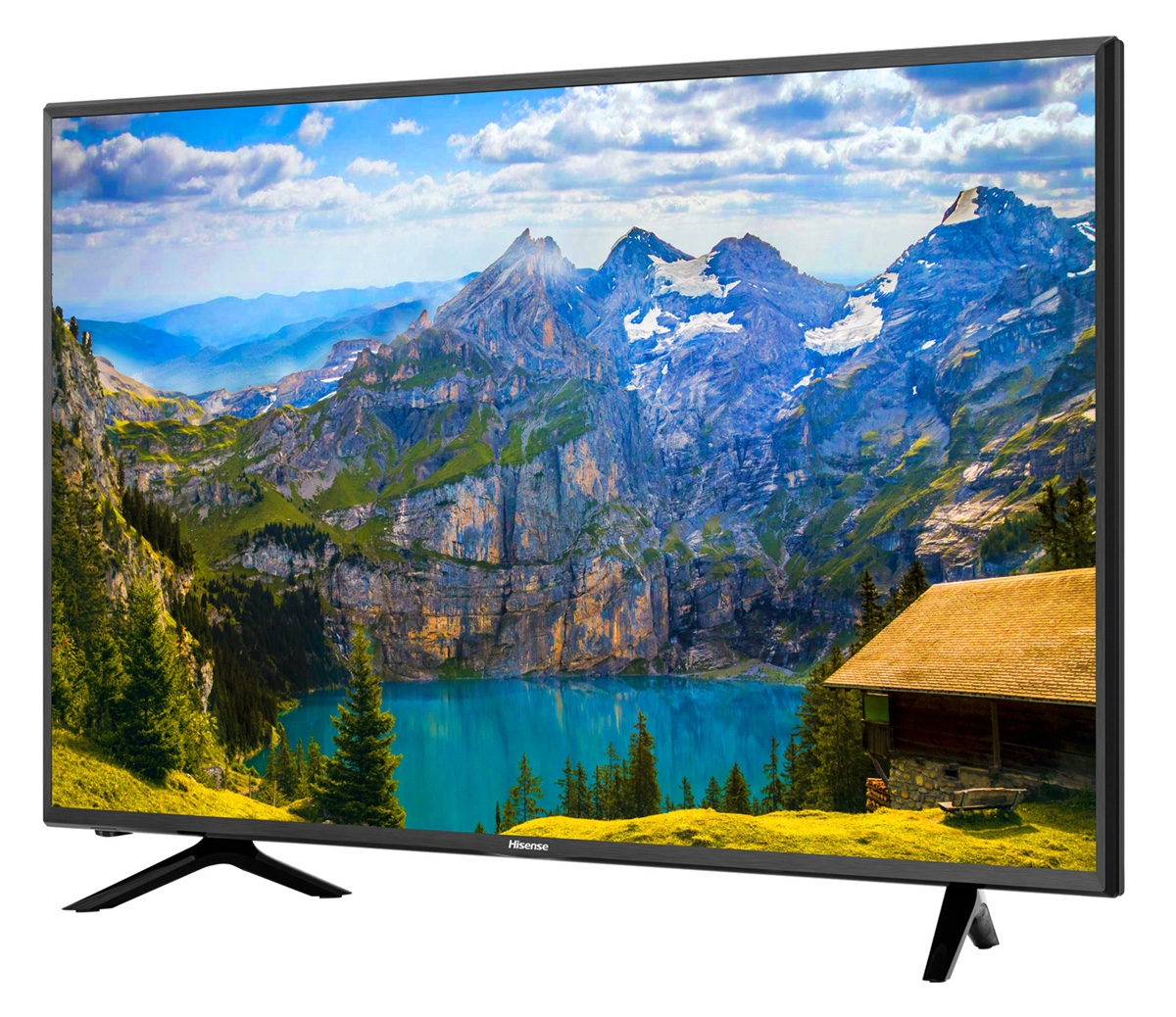Television (TV), sometimes abbreviated to tele or telly, is a telecommunication medium used for transmitting touching images in monochrome (black and white), or in color, and in two or three dimensions and sound. The term can deal with to a television set, a television show, or the medium of television transmission. Television is a accrual medium for advertising, entertainment, news, and sports.
Television became clear in clumsy experimental forms in the late 1920s, but it would still be several years before the supplementary technology would be marketed to consumers. After World engagement II, an improved form of black-and-white TV broadcasting became well-liked in the united Kingdom and allied States, and television sets became commonplace in homes, businesses, and institutions. During the 1950s, television was the primary medium for influencing public opinion. In the mid-1960s, color broadcasting was introduced in the US and most new developed countries. The availability of complex types of archival storage media such as Betamax and VHS tapes, high-capacity hard disk drives, DVDs, flash drives, high-definition Blu-ray Discs, and cloud digital video recorders has enabled spectators to watch pre-recorded materialsuch as moviesat house upon their own era schedule. For many reasons, especially the convenience of standoffish retrieval, the storage of television and video programming now occurs upon the cloud (such as the video on demand support by Netflix). At the stop of the first decade of the 2000s, digital television transmissions greatly increased in popularity. complementary expansion was the assume from standard-definition television (SDTV) (576i, next 576 interlaced lines of utter and 480i) to high-definition television (HDTV), which provides a resolution that is substantially higher. HDTV may be transmitted in various formats: 1080p, 1080i and 720p. past 2010, as soon as the invention of intellectual television, Internet television has increased the availability of television programs and movies via the Internet through streaming video services such as Netflix, Amazon Video, iPlayer and Hulu.
In 2013, 79% of the world's households owned a television set. The replacement of in the future bulky, high-voltage cathode ray tube (CRT) screen displays similar to compact, energy-efficient, flat-panel swing technologies such as LCDs (both fluorescent-backlit and LED), OLED displays, and plasma displays was a hardware chaos that began similar to computer monitors in the late 1990s. Most TV sets sold in the 2000s were flat-panel, mainly LEDs. Major manufacturers announced the discontinuation of CRT, DLP, plasma, and even fluorescent-backlit LCDs by the mid-2010s. In the close future, LEDs are normal to be gradually replaced by OLEDs. Also, major manufacturers have announced that they will increasingly develop smart TVs in the mid-2010s. smart TVs subsequently integrated Internet and Web 2.0 functions became the dominant form of television by the tardy 2010s.
Television signals were initially distributed abandoned as terrestrial television using high-powered radio-frequency transmitters to broadcast the signal to individual television receivers. Alternatively television signals are distributed by coaxial cable or optical fiber, satellite systems and, back the 2000s via the Internet. Until the in the future 2000s, these were transmitted as analog signals, but a transition to digital television is conventional to be completed worldwide by the late 2010s. A welcome television set is composed of compound internal electronic circuits, including a tuner for receiving and decoding make known signals. A visual display device which lacks a tuner is correctly called a video monitor rather than a television.
Hisense Vision Part 7: AnyView Cast - YouTube
Hisense 65N3000UW 65" 4K UHD Smart TV 220-240 Volts
Hisense 55K610GW Review - LCD With LED Backlit - XciteFun.net


No comments:
Post a Comment